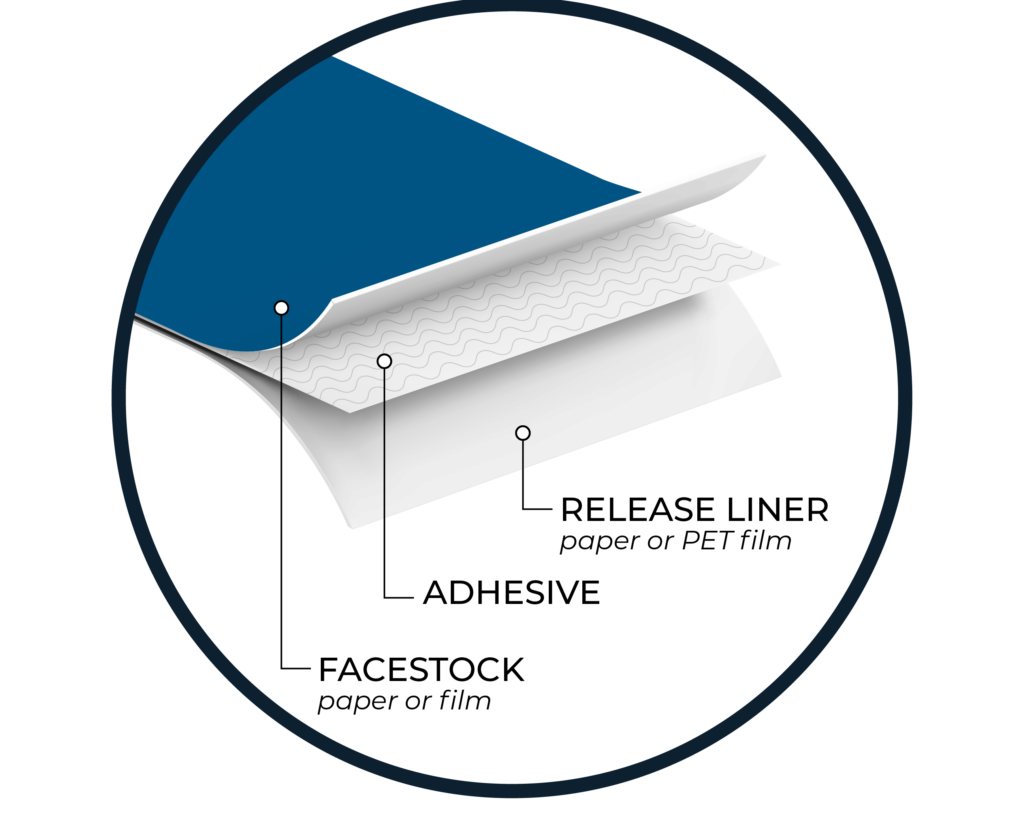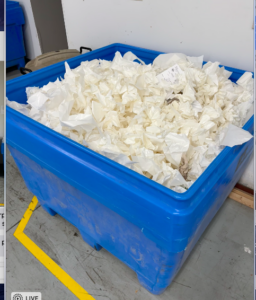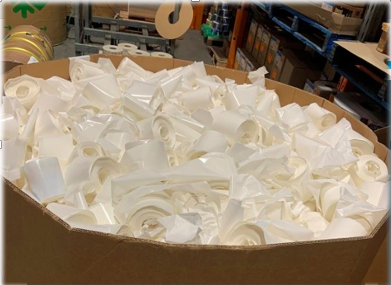Pilot

Regional Release Liner Recycling Pilot
The Liner Recycling Initiative (LRI) is conducting a regionally focused pilot focused on establishing a reverse logistics supply chain for aggregating and recycling silicone-coated paper release liner. If the waste release liner is prepared to mill requirements, it will accepted at one of two Sustana Fiber mills located in De Pere, WI, and Lévis, Quebec for recycling. The geographic scope of the pilot region spans from the upper Midwest, across the Northeast and down to the mid-Atlantic region. A two-pager describing the pilot and locations of mills and broker-haulers may be found here.
The goals of this pilot program are to demonstrate that silicone-coated release liner can be recycled by developing a sustainable reverse supply chain for it and to document best operational practices around the collection, aggregation, and transportation of the material to a mill with the appropriate technology to recycle it. The learnings from the pilot will be used to develop a roadmap that scales the recycling program nationally.
As part of LRI’s work to date, RRS has collaborated with Sustana Fiber to confirm their mill requirements for accepting paper release liner. The details are included in the mill specification document. A number of aggregation service providers have been identified and RRS has verified that they accept silicone-coated release liner and can transport it to Sustana for recycling. Currently, LRI is seeking companies that generate paper release liner waste and who would be interested in participating in the pilot.
RRS is the third-party that is assuring the confidentiality of any generators interested in participating in the pilot. Please reach out if you are a generator or if you have customers that you think would be interested in participating in the regional pilot (please contact Eme Massarelli (emassarelli@recycle.com).


